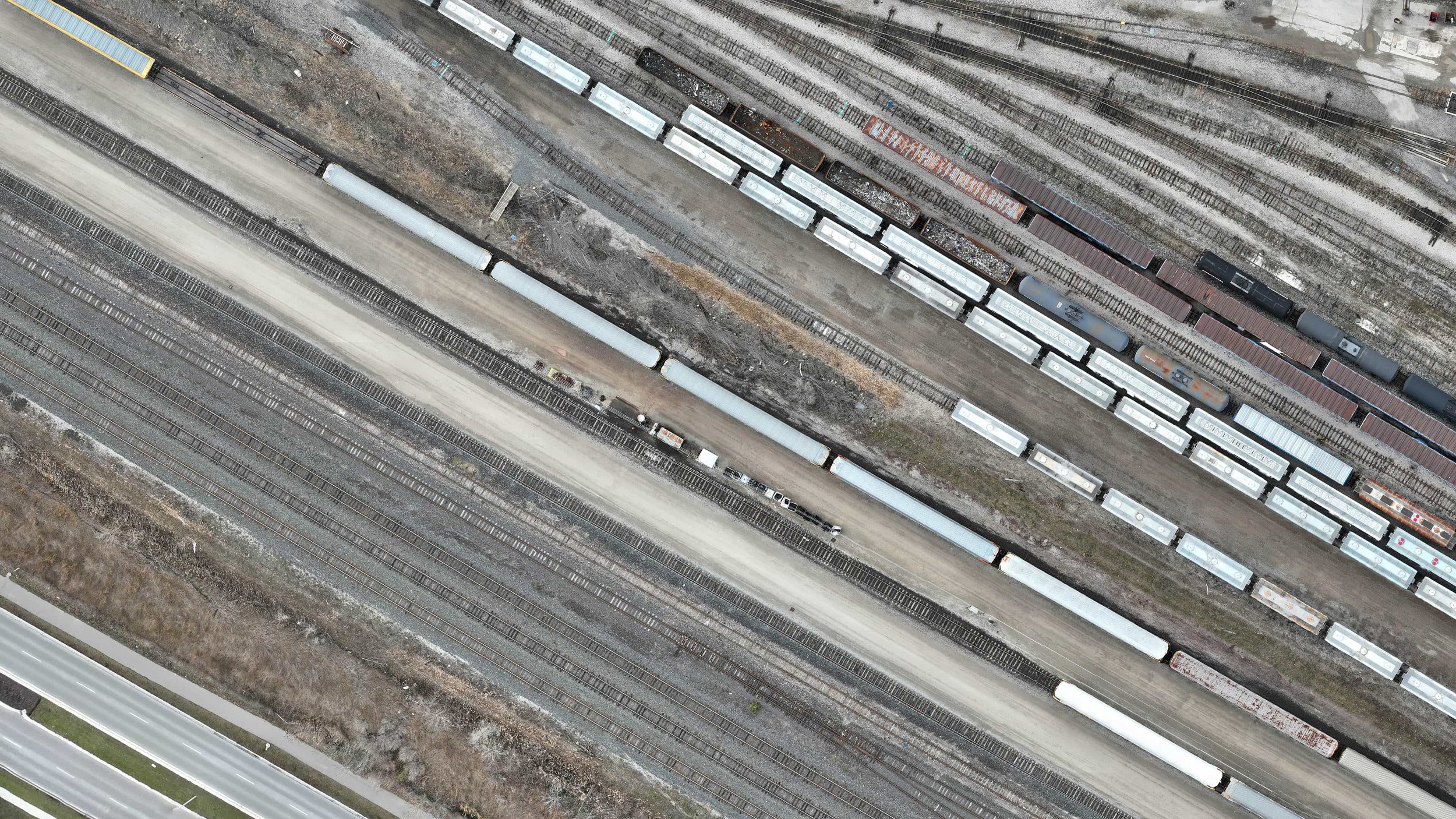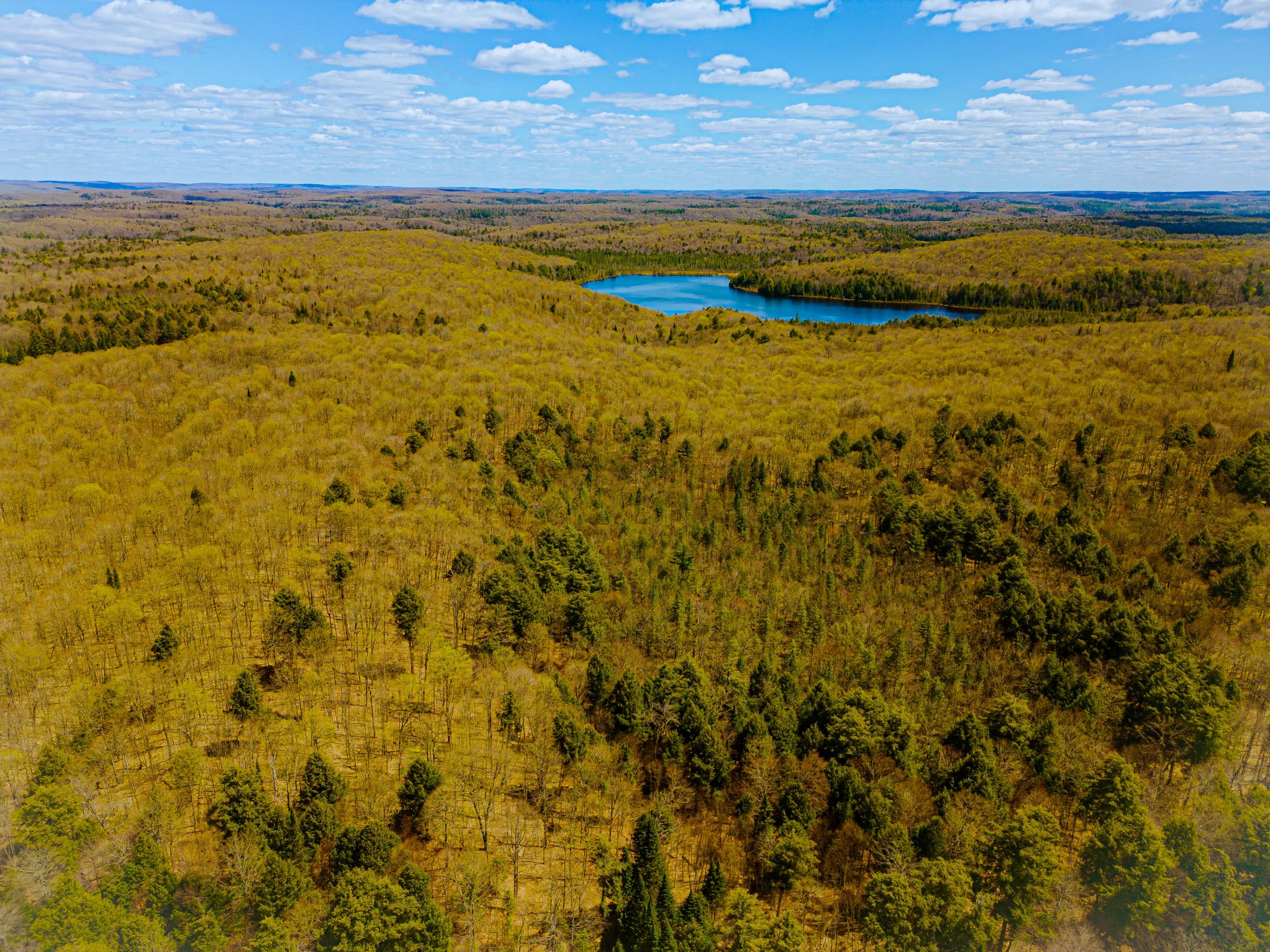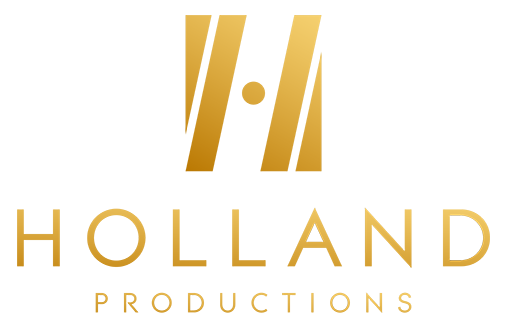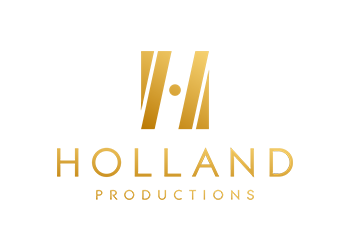
Drone Mapping
High-precision aerial mapping for accurate spatial data and detailed visualizations.
High-Precision Mapping for Construction, Agriculture, and Environmental Management
At Holland Productions, we specialize in drone mapping services that deliver precise spatial data and detailed visualizations tailored to your project needs. Using advanced technologies like photogrammetry, LiDAR, GNSS, and RTK, we provide reliable, accurate mapping solutions for industries such as construction, agriculture, and environmental management.
Our services include:
2D Maps: Georeferenced images for land surveying and urban planning.
3D Models: Detailed, realistic representations of structures and landscapes.
Orthomosaics: High-resolution maps stitched together from aerial photos for precision analysis.
Volumetric Calculations: Efficient stockpile measurements and resource planning.
Whether you’re managing a construction site, planning a development, or conducting environmental assessments, our drone mapping solutions help you make better decisions, reduce risks, and improve project management.
Why Choose Holland Productions for Drone Mapping?
Efficiency: Capture large areas in less time compared to traditional surveying.
Accuracy: High-resolution data and precise measurements using GNSS and RTK technologies.
Safety: Survey hazardous or hard-to-reach areas without putting workers at risk.
Custom Solutions: Maps, models, and analyses tailored to your unique project requirements.
Our Core Drone Mapping Services
Orthomosaic Maps
Orthomosaic maps are high-resolution, georeferenced images created by stitching together multiple aerial photographs captured by drones. These maps provide a detailed, accurate representation of large areas, making them ideal for land surveying, urban planning, and agriculture. The precision of orthomosaics enables accurate measurements, assessments, and visualizations, supporting decision-making and monitoring over time
Contour Maps
Contour maps depict the elevation and shape of the land through the use of contour lines, offering a clear visualization of terrain changes. These maps are used in civil engineering, geological surveys, and land development projects. By providing detailed information on slopes and elevations, contour maps assist in planning infrastructure, managing land resources, and conducting environmental assessments.
Volumetric Maps
Volumetric maps provide precise measurements of volume for stockpiles, landfills, or other material accumulations. These maps are particularly useful in industries like mining, construction, and waste management, where accurate volume calculations are necessary for resource management and regulatory compliance. By offering an efficient and accurate method of measuring material quantities, volumetric maps help optimize operations and reporting.
Digital Elevation Models (DEM)
Digital Elevation Models (DEM) provide a 2.5D representation of the Earth's surface and are the foundation for both Digital Surface Models (DSM) and Digital Terrain Models (DTM). DEMs are used in applications like flood risk assessment, land-use planning, and environmental management. While DSMs capture the surface including structures and vegetation, DTMs focus solely on the bare earth. DEMs play a crucial role in terrain analysis, enabling accurate simulations of water flow, erosion, and other landscape features for projects across civil engineering, agriculture, and geology
Thermal Maps
Thermal maps capture temperature variations across a given area, using drone-mounted thermal sensors to detect heat distribution. These maps are valuable in applications like building inspections, where they help identify heat loss or insulation issues, and in agriculture, where they can detect water stress in crops. Thermal mapping provides actionable insights for improving energy efficiency and optimizing agricultural practices.
Industries We Serve
Construction: Measure progress, manage resources, and monitor site conditions.
Agriculture: Optimize crop yields and monitor soil health with precision.
Environmental Management: Track land degradation and conservation areas.
Mining and Quarrying: Manage stockpiles and assess environmental impacts.

-
Drone mapping refers to the process of using (RPAS) Remotely Piloted Vehicle Systems (Drones) equipped with specialized cameras and sensors to capture aerial imagery and data for the purpose of creating detailed maps, 3D models, and other spatial representations. By autonomously flying over a designated area and capturing multiple images from different angles, drones gather data that can be processed to generate accurate and comprehensive maps and models.
-
Drone mapping serves various industries and has a wide range of applications. Some common uses of drone mapping include:
Surveying and Mapping: Drone mapping allows for the efficient and precise surveying of large areas, enabling the creation of detailed topographic maps, orthomosaic images, and contour models. This technology is particularly useful for land surveying, urban planning, and infrastructure development.
Construction and Engineering: Drones are employed to monitor construction sites, track progress, and generate 3D models of building projects. This aids in project management, documentation, and collaboration among stakeholders, helping to streamline workflows and improve efficiency.
Agriculture and Forestry: Drone mapping provides valuable insights for agricultural and forestry applications. By analyzing aerial imagery, farmers can assess crop health, monitor vegetation growth, and optimize irrigation and fertilization. In forestry, drones aid in forest inventory, tree health assessment, and wildfire monitoring.
Environmental Monitoring: Drones equipped with specialized sensors can collect data on environmental factors such as air quality, water quality, and land degradation. This information is crucial for environmental assessment, conservation efforts, and disaster response.
Mining and Quarrying: Drone mapping facilitates the monitoring of mining sites, volumetric calculations, and stockpile management. It helps optimize operations, improve safety, and assess the impact of mining activities on the surrounding environment.
Inspection and Maintenance: Drones are utilized for inspecting infrastructure, such as bridges, pipelines, and power lines. They can access difficult-to-reach areas and capture high-resolution imagery, enabling detailed inspections without the need for manual labor or specialized equipment.
These are just a few examples of the diverse applications of drone mapping. The technology continues to evolve, opening up new possibilities across industries for efficient data collection, analysis, and visualization.
-
Answer: Yes, you can use drones for mapping purposes in Canada, but you need to comply with the regulations set by Transport Canada. These regulations include obtaining a drone pilot certificate (either Basic or Advanced) and registering your drone with Transport Canada. Additionally, you must follow the specific rules for flying drones, such as maintaining line of sight, respecting airspace restrictions, and flying below certain altitude limits.
-
Answer: Yes, there are restrictions on where you can fly your drone for mapping purposes in Canada. You must adhere to the rules and regulations set by Transport Canada, which include maintaining a safe distance from airports, heliports, and aerodromes. Additionally, there may be specific restrictions on flying drones in certain areas, such as national parks, wildlife reserves, and other protected areas. It is essential to research and understand the airspace restrictions and obtain the necessary permits or permissions if required.
-
Answer: Depending on the nature and location of your drone mapping project, you may need additional permits or licenses in Canada. While a drone pilot certificate and drone registration are mandatory, specific projects may require additional approvals. For instance, if you plan to fly your drone in controlled airspace or conduct mapping for commercial purposes, you may need to apply for a Special Flight Operations Certificate (SFOC) from Transport Canada. It is crucial to assess your project requirements and consult with Transport Canada or other relevant authorities to ensure compliance.
-
Answer: Privacy is an important aspect to consider when conducting drone mapping in Canada. It is essential to respect the privacy rights of individuals and adhere to applicable privacy laws. When capturing images or collecting data with your drone, ensure that you do not violate anyone's privacy or capture sensitive information without consent. Be aware of any local or regional regulations regarding privacy and seek permission if necessary, especially when flying over private property or populated areas.
Mapping FAQ’s
Related Articles & Guides
Drone Mapping in Windy Conditions:
Best Practices for Efficient Data Collection







